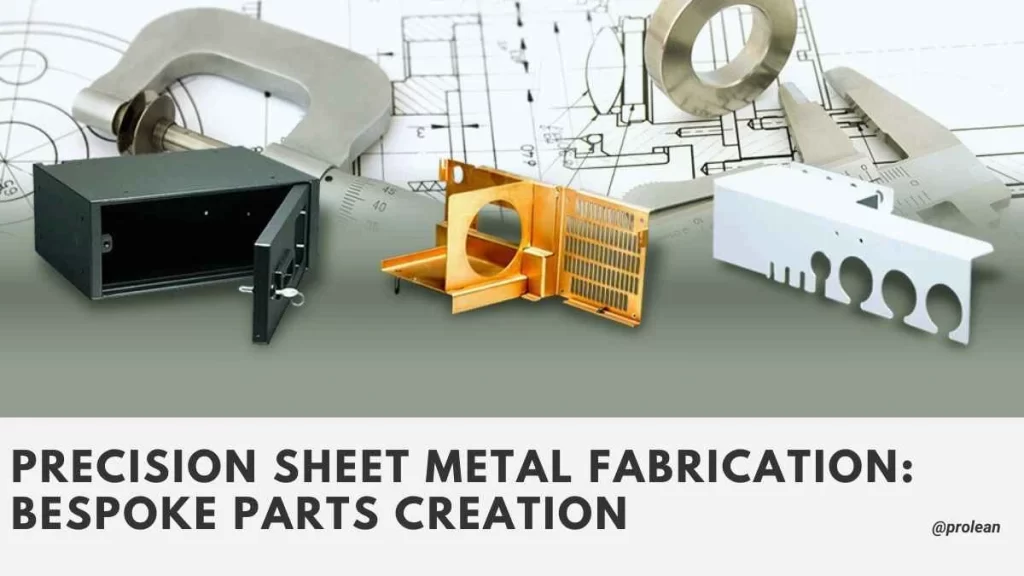
Precision sheet metal fabrication has become an indispensable metalworking technique for various sectors. Aerospace, defense, and even medical devices need precision parts and are made according to specific requirements. Flammable materials as well as copper, brass, and steel essential for the construction of steam locomotives. Prolean Tech also offers accessories such as cleats, shields, brackets, electrical panels, and connector boxes.
Depending on the type of material used, there are different techniques used in precision fabrication. CNC punching Welding and forming are quite common.
Precision Sheet Metal Fabrication: An Overview of the process
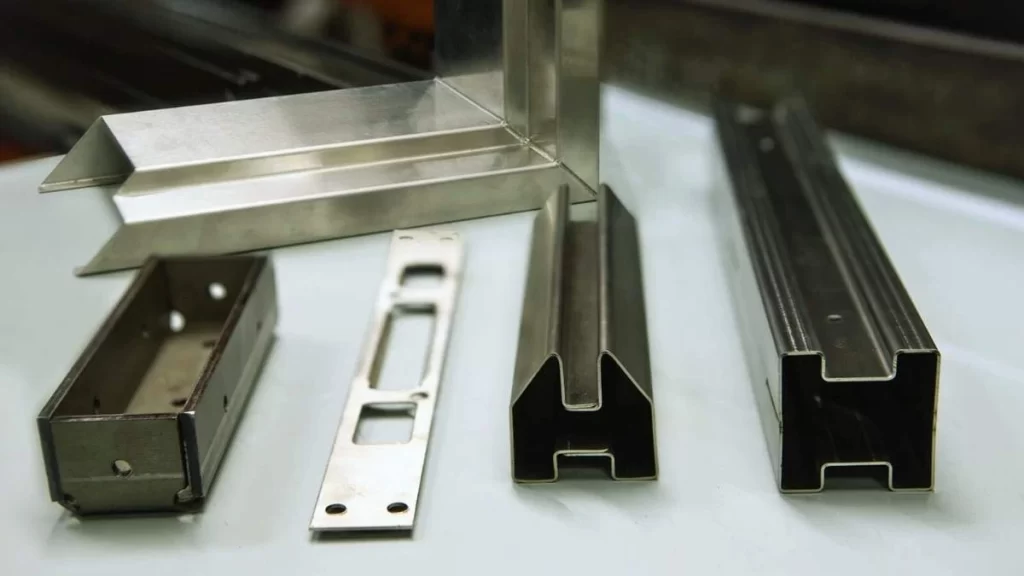
Precision sheet metal parts
Precision sheet metal fabrication process develops accurate metal parts. The process consists of design, the cutting of materials, forming, component joining, and surface finishing.
Design Phase in Precision Sheet Metal Fabrication
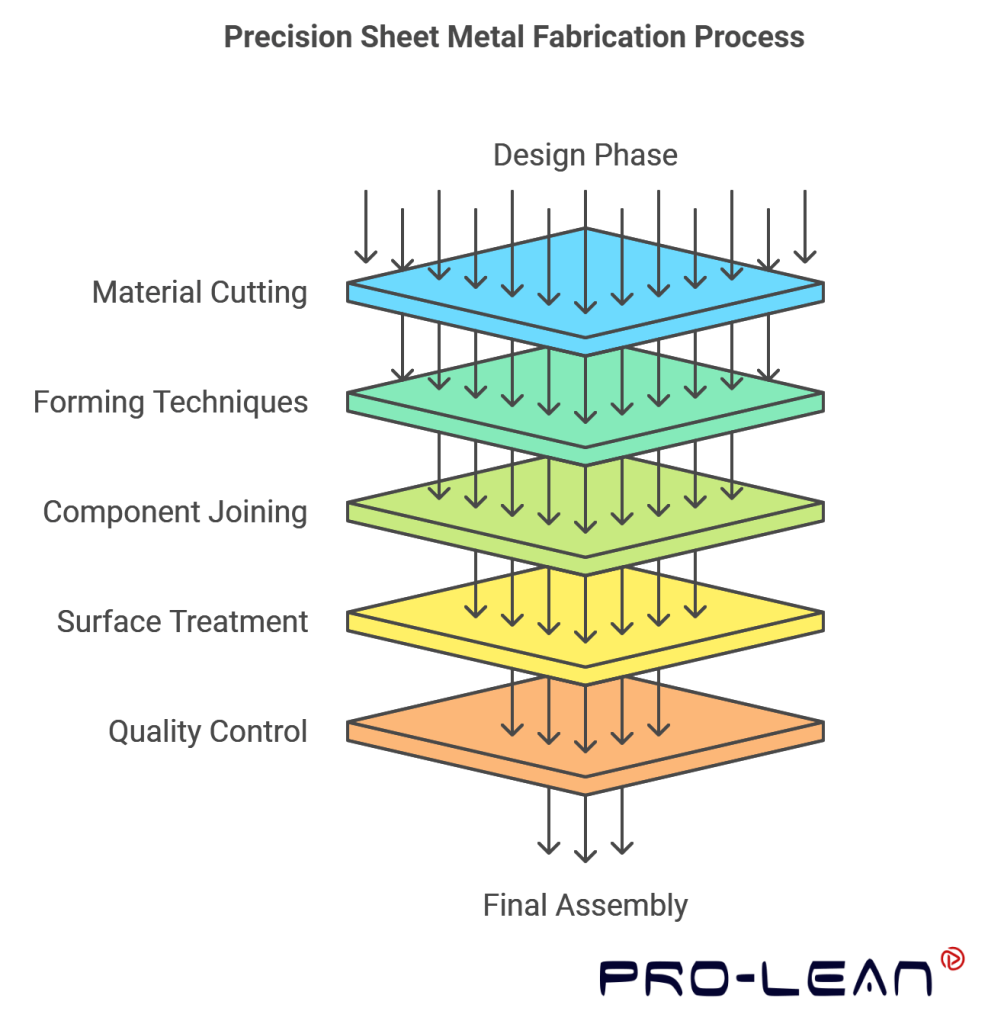
The design phase starts with a process called drawing. Engineers achieve accuracy by using Computer-Aided Design (CAD). It considers the shape, the chosen material, and the material’s structural strength. Other significant requirements are safety considerations and manufacturability of the products.
Typical Sheet Metal Process Selection
Laser, waterjet, or plasma techniques are normally used in precision metal fabrication. These techniques reduce material wastage and provide the accurate dimensions desired in any project.
Forming Techniques for Desired Geometry and Shape
Forming is the process of shaping sheet metal into specific geometries. Common techniques include bending, roll forming, and stretch forming. These methods ensure that the dimensions and structures meet design specifications.
Connecting Metal Sheets for End-Product Assembly
Several techniques are employed in joining the metal sheets together. Welding, riveting, or adhesive bonding are common ones. The process selection depends on the material type and its strength.
Surface Treatment of Sheet Metal Components for Products Longevity
Surface treatments are applied to the final product for durability. Some of the processes, employed include powder coating, painting, or anodizing. Coatings safeguard the surface from corrosion and improve the product’s aesthetics.
Quality Control in Precision Sheet Metal Fabrication
Quality control ensures that each part meets the necessary standards. Gauges and measurements confirm compliance with surface standards. This guarantees that all checks meet acceptable tolerance levels.
Final Assembly
The last operation is the assembling of all sheet metal sections. These components are interfaced with engines and transmission among other systems. This guarantees the car’s mechanical reliability and physical configuration.
Try Prolean Now!
Precision Sheet Metal Fabrication Techniques
The precision sheet metal process includes several key steps. Each process focuses on achieving accuracy and quality in high-performance component production.
Punching in Precision Sheet Metal Fabrication
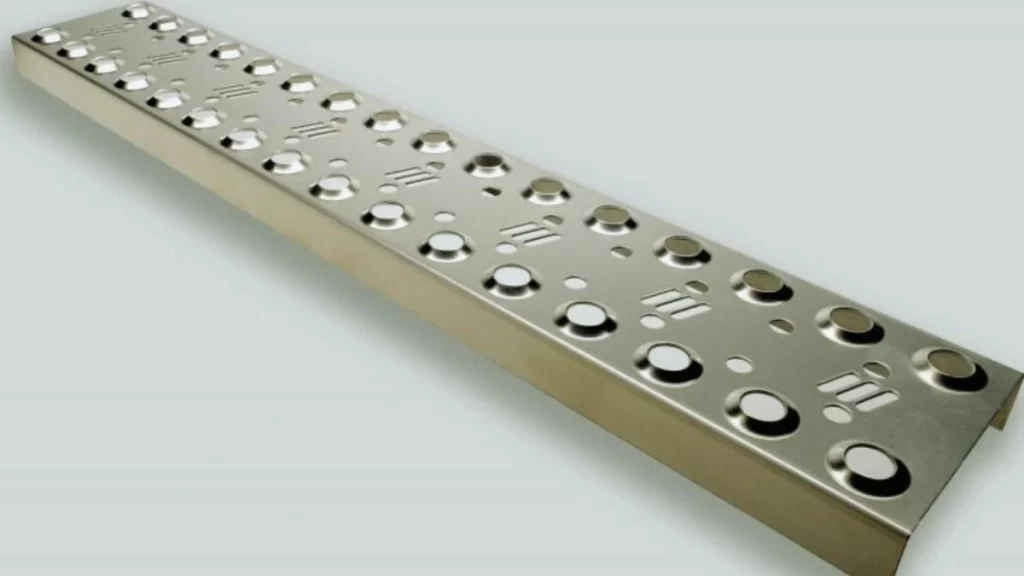
Sheet metal punching
CNC punching is optimal for use on high-strength materials such as steel, copper, and aluminum among other metals. It permits large tolerances of +/-0.020mm. Cutting tools have various forms to shape apertures including holes or slits. Moreover, punching is notably a cheap sheet metal fabrication process. In the aerospace industry, CNC punching is most frequently used in cutting aluminum. In addition, punching does not induce heat and consequently does not alter the material properties.
Roll Forming in Precision Sheet Metal Fabrication
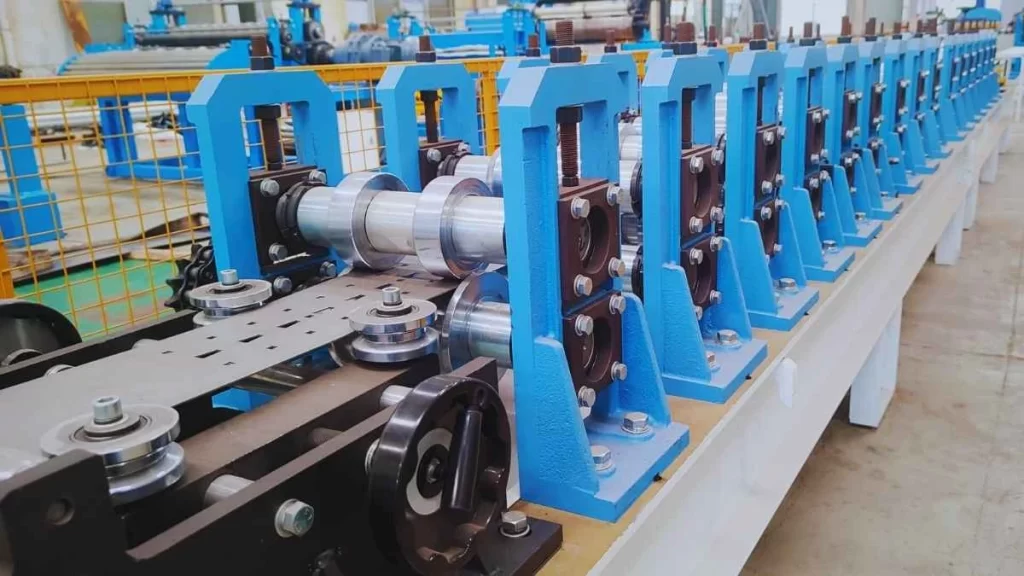
Roll forming sheet metal sheet
Roll forming is a process of compliant bending of sheet musings of rollers. The method is different from rolling in terms of the use of shaped rollers. In most cases, it’s employed to produce seamless gutters. While roll forming is quite gentle to the material, it often results in work hardening.
CNC Lasering for Cutting Thick Material
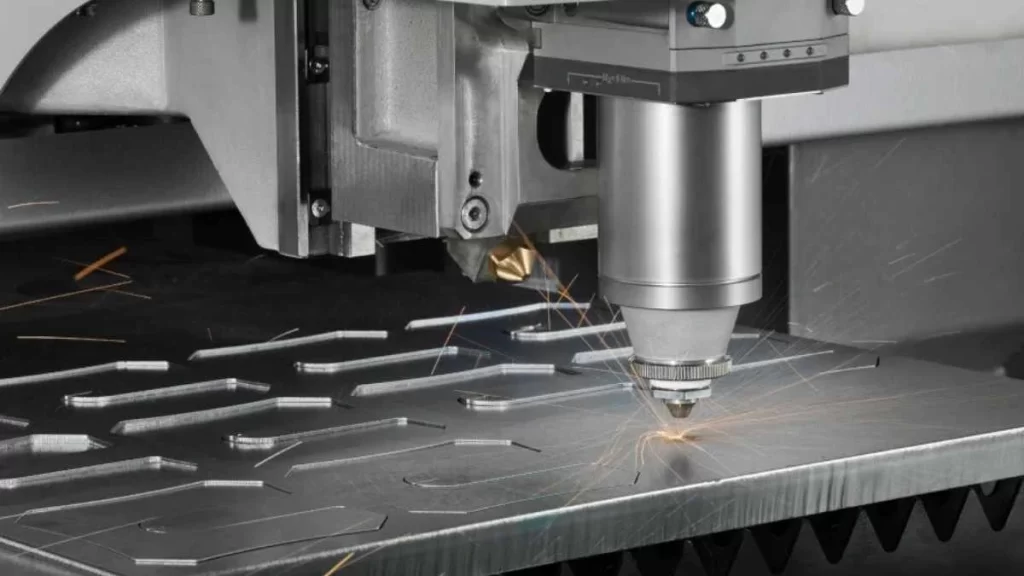
CNC laser cutting
CNC laser is specialized in cutting through thick materials. It has high accuracy almost the same as CNC punching. Apertures take longer than lasering and punching but lasering defines contours more quickly than apertures. It can produce heat which alters the material properties, and that is not ideal for aerospace applications.
CNC Forming of Multiple Bend

CNC forming products
CNC forming employs a programmable console with fast and precise bending capabilities. It makes several bends in one handling to save time and at the same time minimize wastage. Oftentimes, exotic alloys need such modifications for example, the bend radius must be increased to prevent the material from cracking. Low-temperature materials may require heat treatment after the forming operation.
Accurate Welding in Sheet Metal Working
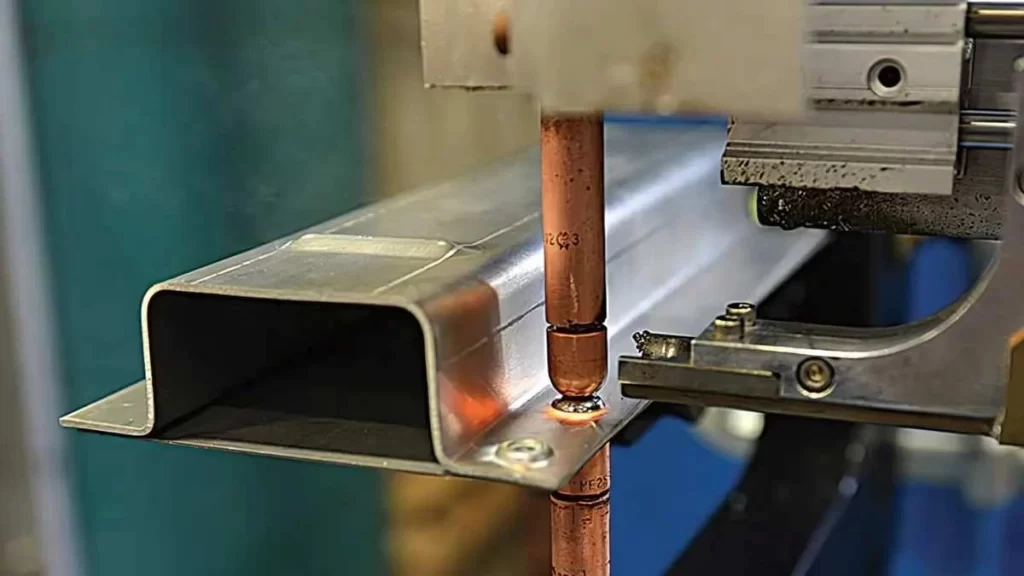
Accurate sheet metal welding
Special attention needs to be paid to the technique of welding in sheet metal fabrication. Methods such as TIG welding promote good levels of accuracy or tolerance, ranging from +/-0.2mm. Although TIG is highly accurate, it can be quite time-consuming. MIG is a widely used welding technique. Shielded Metal Arc Welding (SMAW) is another method, frequently utilized in construction and maintenance for joining structural steel.
Surface Treatment in Precision Sheet Metal
The proper selection of surface finish is crucial in the fabrication process once complete. Finishing techniques involve painting, anodizing, electroplating, polishing, and sandblasting. These finishes help to increase the strength, appearance, and conductivity of the said component.
Drawing Paint for Durability as well as Reflective Characteristics
In painting, a finishing touch is placed in addition to the protection offered by the paint. Infra-red reflective (IRR) paints cool components by reflecting sunlight heat. This type of finish is common with aircraft structures mainly to increase the life of the structures in question.
Inspection and Quality Control in Precision Sheet Metal Fabrication
Quality and compliance mean extensive inspection. The initial check that a part meets certain requirements is referred to as First Article Inspection (FAI). Dimensional inspections involve comparing a part to a drawing. This process enables full batch traceability for each stage of production to be achieved. In case a product has come to a standstill at some point, FAIs make certain that there will not be a compromise on quality when it resumes.
Comparing Metal Fabrication, Sheet Metal Fabrication, and Precision Sheet Metal Fabrication
The table below provides a technical overview of the distinctions between these fabrication types, emphasizing their unique characteristics and applications.
Table: Metal fabrication vs. Sheet Metal Fabrication. Vs Precision Sheet Metal Fabrication.
| Factors | Metal Fabrication | Sheet Metal Fabrication | Precision Sheet Metal Fabrication |
| Definition | Turn raw materials into various products | Specialized fabrication of thin metal sheets into defined shapes. | Create high-quality components with tight tolerances. |
| Techniques Used | Welding, cutting, bending, and punching. | Cutting, CNC bending, and shaping. | Use advanced methods like laser cutting and CNC machining. |
| Materials | Wide range of metals, including steel, aluminum, brass, and copper. | Primarily, thin metal sheets of aluminum and steel. | Various metals, with a focus on high-performance alloys. |
| Applications | Automotive, aerospace, construction, and tool making. | Common in HVAC, electronics, and furniture manufacturing. | Vital in aerospace, medical devices, and high-tech industries. |
| Tolerance Levels | General tolerances vary by technique and industry. | Moderate tolerances | Very tight tolerances, often within ±0.005 inches or less. |
| Equipment Used | Basic tools and machines such as saws, welders, and torches. | Shears, brakes, rollers, and CNC machines. | Advanced CNC machining centers and laser cutting systems. |
| Component Complexity | Produce simple to moderately complex parts. | Typically creates straightforward designs. | Capable of producing intricate and complex geometries. |
| Surface Finish | Varies based on processes; may require additional finishing. | Usually requires finishing processes for aesthetics and protection. | High-quality surface finishes, including coatings and anodizing. |
| Cost and Time | Generally lower cost with variable lead times. | Moderate cost with lead times depending on the design. | Higher costs due to advanced techniques; lead times may vary. |
Try Prolean Now!
Benefits of Precision Sheet Metal Fabrication Process
Precision sheet metal fabrication ensures that required standards yield high accuracy. Metals must fit precisely and high tolerance means that highly detailed metal parts are fashioned. Because state-of-the-art technology is exploited and as a result provides exact measurements to improve product quality.
Customization flexibility facilitates the development of designs by manufacturers. Customization of parts to certain dimensions increases their effectiveness and adaptability, to the various client needs in design and engineering disciplines.
The material flexibility broadens the range of precision sheet metal fabrication. Manufacturers can work with stainless steel, aluminum, brass, copper, and many other alloys. Diversity in material allows a chance to choose mechanical characteristics and in appearance of the final product.
Scale Economy determines the affordability of precision sheet metal fabrication. The technique minimizes material wastage, economically for mid to high levels of production. Optimizing the use of raw materials reduces the overall production expense of metal fabrication projects.
Short cycle time is achieved by efficient processes and state-of-the-art equipment. Manufacturers are capable of delivering products in a short time. Market demands are addressed with efficient and fast solutions through the help of efficient and fast processes.
Sophisticated geometry is possible by employing sheet metal fabrication processes. For complicated design patterns bending, forming, cutting, and welding are optimally used to produce complex shapes in the production of user commodities.
As the process is automated, issues such as consistency and reproducibility are eliminated. Sophisticated technology fabricates standardized components for fitting or repair. This reliability is especially important to industries that need standardized components.
Companies That Seek Custom Sheet Metal Fabrication
Precision sheet metal working remains a crucial process in the manufacturing of parts and components for several manufacturing industries. It helps the production of various kinds of industrial and commercial items. These processes facilitate giving Manufacturers the ability to cut and bend sheet metal to meet specific parts and shape components that fit products, machinery, and structures.
The transportation industry is one of the major beneficiaries of precision sheet metal fabrication. These are automobiles, airplanes, spacecraft, trains, buses, and ships. Other industries that apply these techniques include construction, agriculture, medical devices, energy, durable goods, food and beverage, electronics, and telecommunication industries.
In addition, it’s widely used due to its versatility, as well as various approaches, which help to produce accurate and complex metal parts. Manufacturers employ different techniques for workpiece reformation and ultimately joining of components.
Precision Sheet Metal Components
The custom sheet metal fabrication helps manufacture components with tolerances down to ±0.005 inches. Some common components include;
- Brackets
- Enclosures
- Panels
- Chassis
- Frames
- Heat Sinks
- Gussets
- Shields
- Fittings
- Mounting Plates
How To Ensure Precision And Accuracy In Sheet Metal Fabrication?
To achieve highly accurate sheet metal parts, follow these key steps:
- Hire well-qualified and experienced precision sheet metal manufacturers.
- Inspect a distinct quality control team.
- All dimensions on the technical drawing should be properly named.
- Use state of art CNC machines for more accurate cutting.
Try Prolean Now!
Prolean Tech: Leading Provider of Precision Sheet Metal Fabrication Solutions
Prolean Tech has been among the premier precision metal fabricators in the business of providing precision metal parts to clients from across the globe for over a decade. They offer an extensive range of sheet metal services, including:
- Contract metal fabrication: Prolean Tech specializes in developing quality products for clients under specific contracts.
- OEM metal fabrication: Prolean Tech manufactures items that are marketed under the client’s brand.
- End-to-end in-house manufacturing: They offer a range of products including steel, aluminum, copper, and stainless steel material, fabrication, powder coating, and assembly integration.
Conclusion
Accuracy in sheet metal working guarantees thin-gauged parts with desired dimensions. However, the process may not be applicable for all fabrications because of the higher initial costs of the process. However, the requirements of a specific project should be assessed first before selecting the precision sheet metal fabrication process.




0 Comments